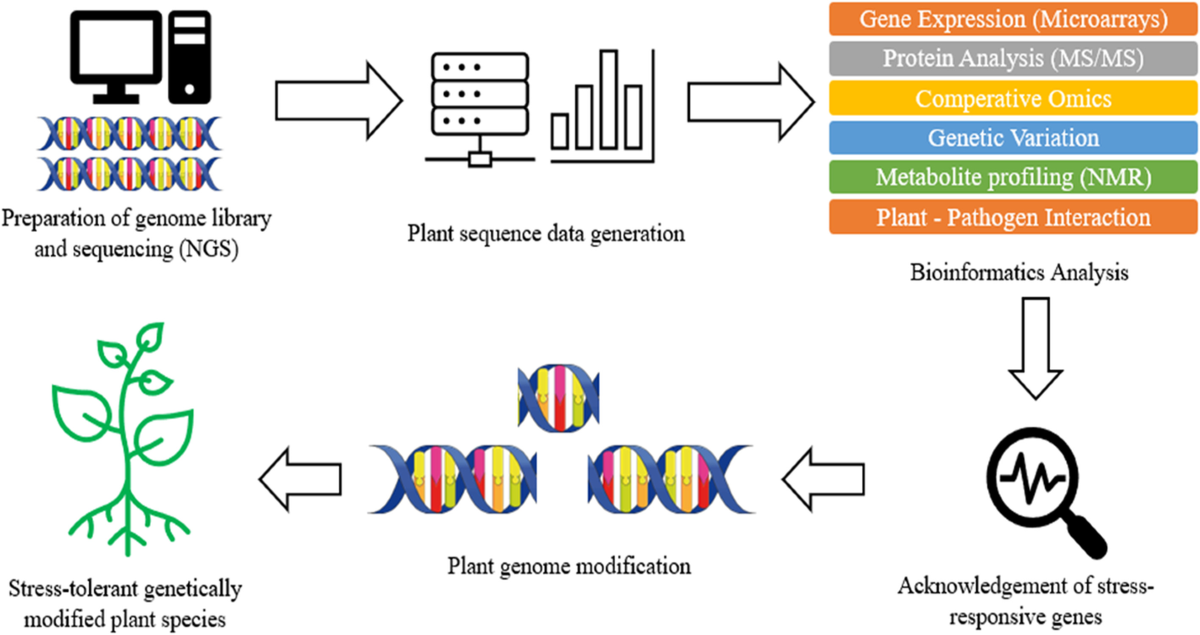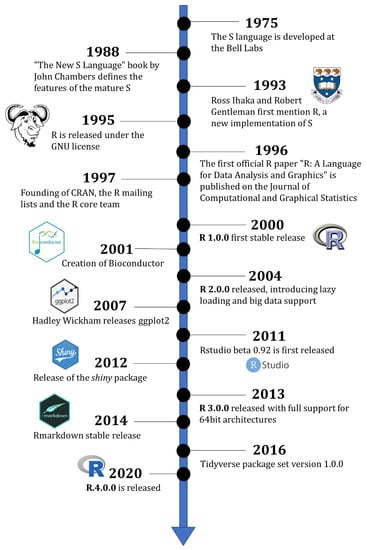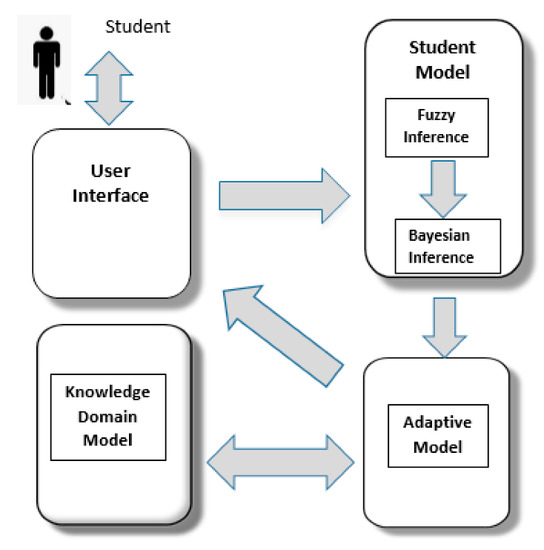The Definitive Guide to Bioinformatics Tutor
The Definitive Guide to Bioinformatics Tutor
Blog Article
The smart Trick of Bioinformatics Tutor That Nobody is Discussing
Table of ContentsSome Of Bioinformatics TutorMore About Bioinformatics TutorBioinformatics Tutor Can Be Fun For EveryoneMore About Bioinformatics TutorNot known Details About Bioinformatics Tutor
Of the total amount individuals associated with the training, 80% were trainees from public higher education and learning establishments, while the remaining 20% originated from private establishments. To certify for a certification of engagement, students were needed to go to at the very least 90% of the total training hours. As a result of this need, an outstanding 95% of the participants efficiently gotten their certifications, having not only satisfied the minimum attendance requirements however likewise finished all designated activities throughout the training.
During the elevation of the COVID-19 pandemic, specifically between June and August 2020, the task team was tasked with arranging specialized training in bioinformatics. This training was particularly intended at pupils from the research study team Center for Research study in Applied Computing at the Federal University of Pará (UFRA) The adjustment to remote discovering systems because of the pandemic developed an opportunity to discover new teaching approaches and digital tools that improved both reach and efficiency.
This course was made to supply an available yet comprehensive review of Artificial Intelligence techniques, specifically as applied in bioinformatics (Bioinformatics Tutor). This digital style made it possible for involvement from students throughout Brazil, numerous of whom might not have had the possibility to attend in-person sessions.
Bioinformatics Tutor Things To Know Before You Buy
Roughly 50% of the overall training hours were committed to sensible activities where trainees constructed intelligent models and applications in a range of clinical domain names, including genes, molecular biology, and ecological information analysis. These systems allowed trainees to involve in real-time data manipulation, design training, and formula experimentation.
Sixty of them were affiliated with different higher education institutions in the state of Pará, while the remaining twenty came from organizations situated in 5 various other Brazilian states. By presenting Artificial Knowledge in a practical and relevant context, the effort served to bridge the space in between theory and real-world application, supplying trainees with a solid foundation for future study or work in the area.
The training initiative developed part of a wider academic outreach initiative recognized as the Bioinformatics on the Road job. This job has, throughout the years, introduced lots of pupils to the world of bioinformatics and computational biology. The occasions held under this umbrella effort have actually happened across several regions and years, as summarized in Table 1 (Checklist of occasions, locations, years, and complete varieties of trainees and trainers)
Among one of the most amazing results of the Bioinformatics when traveling effort has actually been its payment to the growth of decentralized research groups. Several of these groups, initially united by their engagement in training events, have actually since gone on to produce independent clinical research in collaboration with local scholastic organizations. The training not just promoted clinical reasoning within the context of bioinformatics but additionally stimulated joint partnerships that prolonged past the training setting. These cooperations have caused boosted local scientific performance and added meaningfully to the advancement of the more comprehensive bioinformatics neighborhood in Brazil.
The Ultimate Guide To Bioinformatics Tutor
The project itself was conceived and arranged by megabytes and RR, that managed the preparation and execution of each action. Lectures were supplied by a multidisciplinary group including MB, FA, EF, KP, JS, DM, SN, LP, LG, A/C, rr, and ih. The same group, leaving out IH and RR, also functioned as tutors for the useful training modules. Financing for the job was provided via the grant 88887.200562/ 2018-00 from CAPES. The authors prolong their appreciation to everybody who added to the awareness of this project, whether directly or indirectly, because its beginning.
The Federal University of Pará's Workplace of Study (PROPESP/UFPA) likewise supplied financial backing, specifically for the manufacturing of the final manuscript. The writers state no financial or business problems of interest that can have affected the research study. Furthermore, all viewpoints and analyses shared in this post are entirely those of the authors and do not necessarily show those of their corresponding institutions, the publisher, editors, or reviewers included in the publication process.

Some Known Questions About Bioinformatics Tutor.
From an instructional viewpoint, the mentor method utilized in the training was deliberately interactive. Courses were performed in a way that urged trainee involvement and discussion, exceeding rote memorization to check out how concepts are established, used in life, and examined in academic setups. The training approach concentrated on nurturing both strong and struggling trainees, supplying personalized assistance, and structure self-confidence with continual mentorship and persistence.

Each team, including about 36 individuals, was supported by three coaches-- many of whom were postdoctoral scientists with customized competence. These mentors not just aided develop the group projects however also facilitated their execution, making certain that each research study inquiry was both suitably challenging and pertinent. The goal was to give a biologically sensible context that participants could discover through open-ended objectives and accessibility to pop over to this web-site curated datasets.
For additional insights into the method and outcomes of this project-based learning technique, viewers are directed to S1 Text, which consists of comprehensive summaries of the pedagogical structure, analysis methods, and task motifs utilized in the training sessions.
7 Simple Techniques For Bioinformatics Tutor
Of the total participants included in the training, 80% were students from public greater education organizations, while the continuing to be 20% came from private organizations. To certify for a certification of participation, students were required to go to at the very least 90% of the complete training hours. Especially, beyond the trainees who enrolled in the training sessions, seven knowledgeable teachers participated in providing the programs, while 3 dedicated research study professors coordinated the general training process. Around 50% of the overall training hours were committed to sensible tasks where pupils constructed smart versions and applications in an array of clinical domain names, consisting of genes, molecular biology, and ecological information evaluation. The training not just published here promoted scientific thinking within the context of bioinformatics yet also triggered collaborative relationships that expanded past the training setting.
Report this page